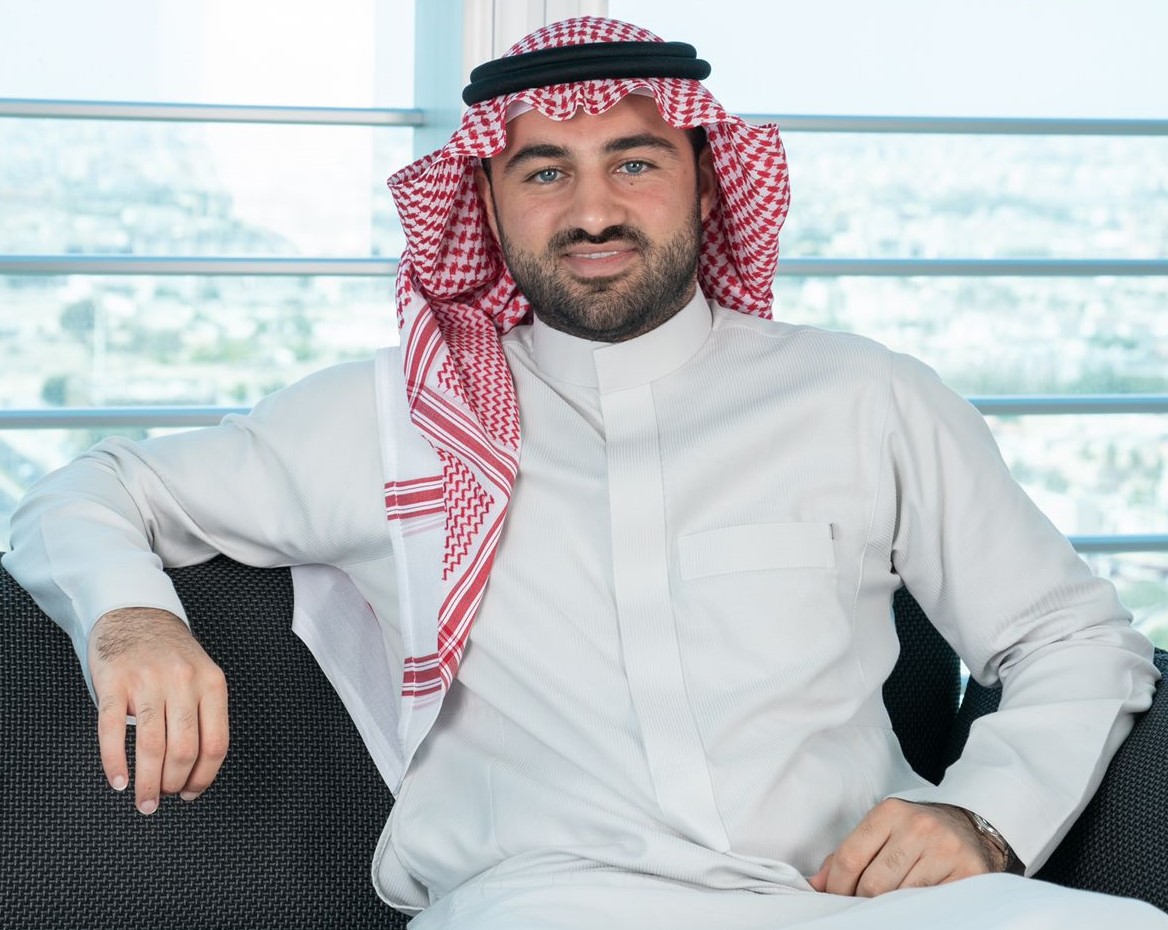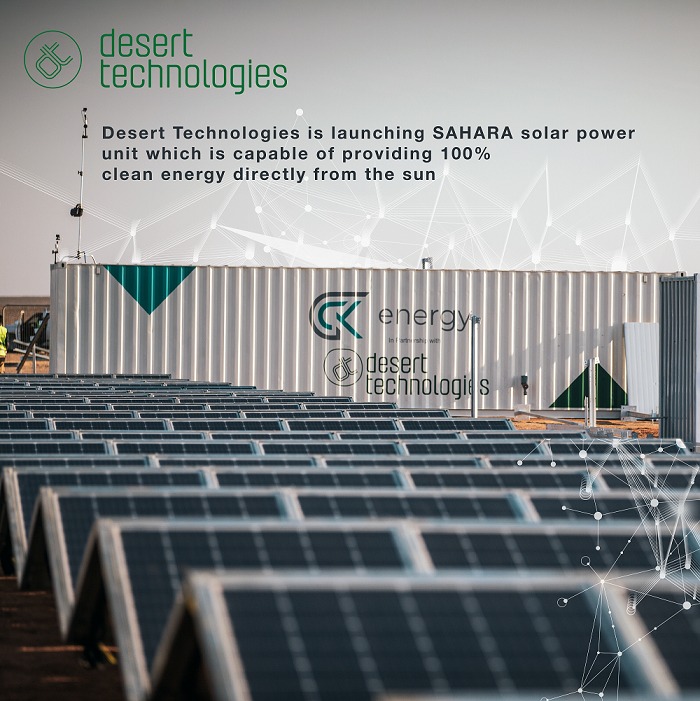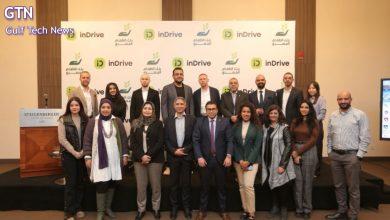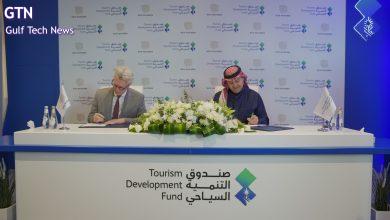Workshop on renewable energy and infrastructure in the Middle East and Africa. • Khaled Sharbatly: The Kingdom aims to invest $200 billion in the renewable energy sector by 2030. • Localizing solar energy production and increasing the value of local content is one of the most important objectives of the Kingdom’s Vision 2030.

Jeddah – Gulf Teck News
Desert Technologies Group, the leader of renewable energy solutions, recently held a workshop on “Renewable Energy and Smart Infrastructure in the MEA and Africa” in its headquarters in the King Road Tower. The workshop was attended by a small number of professionals and interested persons, and was broadcasted live on the Internet through its social networking sites and its approved channels on Instagram and YouTube.
The workshop was hosted by Desert Technologies’’ CIO and Partner Mr. Khaled Ahmed Sharbatly. During which he stated that through the goals and plans of Vision 2030, The Kingdom of Saudi Arabia focused on investing in Solar Energy as a promising opportunity to comply with the increasing demand for energy. Launching one of the most optimistic energy programs in the region, the National Renewable Energy Program. It is run by 2 main bodies, the ministry of energy under the renewable energy project development office “REPDO” and the PIF.
Sharbatly explained that the plan is to invest 200 billion dollars in the renewables sector in Saudi Arabia by 2030. Adding that so far, there are 7 billion dollars’ worth of investment implemented, and that this number is expected to increase annually. Following this framework, the Atlas was created which is a national program providing an entire study for renewable energy sources sites, acting as a basis for companies to make their investments. DT got the bid for solar plants in Madinah and Rafha,
which are currently under construction.
Mr. Khaled Sharbatly went on to say that there are many renewable energy programs in MENA region due to the growth in solar energy demand, driven by two forces: the mass production of solar panels lead by China, and the increase in supplies and demand due to the mass production leading to a lesser price, which made solar energy more feasible. Adding that each part of the world has its specific suitable technology based off its location, geographic specifications and natural resources.
Sharbatly pointed out that the global solar installed capacity and investments reached up to 180 Billion dollars in 2019 and is still increasing. This trend continued despite of Covid-19, it even accelerated. Solar powered generators are competing with diesel generators in terms of ease of installation, and investing in them is profitable and more saving. With Diesel generators, there is an ongoing cost for energy, however with solar powered generators you buy enough energy upfront to last you 20 years. Renewable energy and saving always go hand in hand.
Sharbatly also stated that Africa has 750 million people that have limited or no access to electricity. They will have to buy batteries or power banks with around ten times the price we buy it at to charge their phones. They pay huge premiums for basic necessities. He sees that the best solution for Africa is distributed generation and small power plants to electrify the villages. Distributed generation in Africa can provide electricity to isolated communities, hospitals, schools, etc. This cannot be done without solar energy and batteries. It can be done with diesel generators, however

shipping diesel to these remote locations is not easy.
At the end of the workshop, he explained that “Sahara” solar containers produced by DT in its factories in Jeddah are the best solution to the issue of energy poverty in Africa, as they proved their effectiveness when launched in Africa as an ideal product for generating energy in small communities and villages that do not have electricity or are Located off-grid. One container is sufficient to meet the basic needs of approximately 70 small homes and provide instant sustainable energy in remote areas, it represents the ideal alternative to traditional energy that is costly to
implement and maintain.





